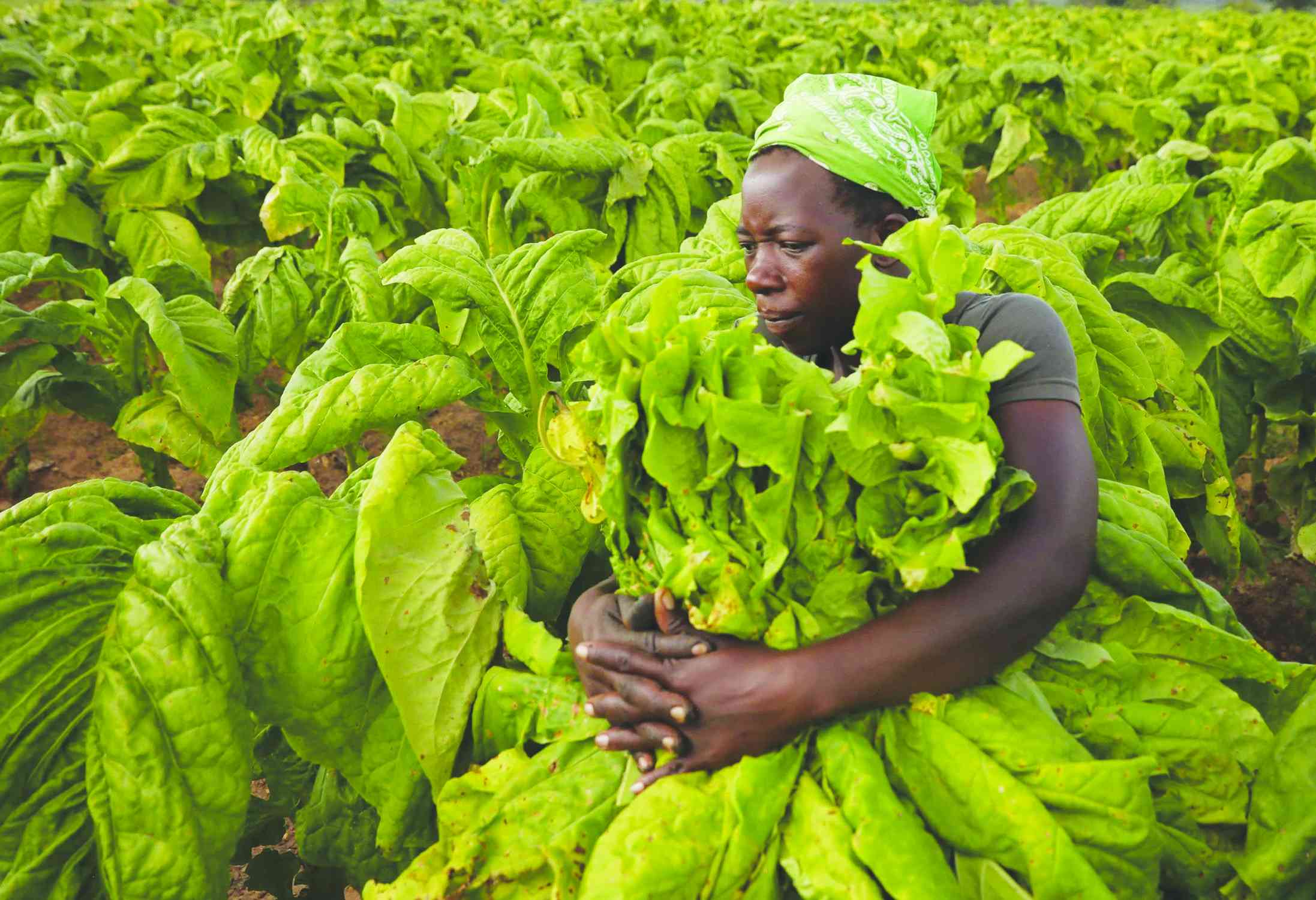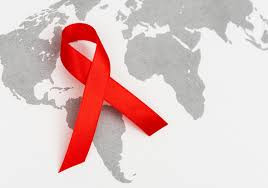
FARMERS and industrial agricultural companies in advanced and other significant economies, such as China, are privileged in that they benefit from substantial government subsidies.
By offering assistance, the wealthy governments would be artificially decreasing the cost of agricultural produce, in the world markets.
Unfortunately, these subsidies ultimately distort the natural momentum and flows of agricultural trade.
Agriculture has historically contributed a large share of GDP to low-income countries. For example, around 60% of the sub-Saharan Africa population comprises small holder farmers, whilst over 23% of the continent’s GDP arises from the sector.
Agriculture’s contribution to GDP is more than 50% in some nations, such as Malawi, Burkina Faso, and Sierra Leone, for instance. Additionally, since the sector is labour-intensive, it provides a clear avenue for reducing poverty and setting Africa on a path towards industrialisation.
The problem with subsidies is that they typically result in the selling of agricultural produce below the cost of production, on international markets. This is terribly harmful for countries which cannot subsidise their producers, most of which are developing countries.
Consequently, agricultural subsidies curtail economic growth in low-income countries, which are characteristically more dependent on agriculture for jobs and economic growth.
Subsidies distort markets by artificially depressing global agricultural commodity prices.
- The brains behind Matavire’s immortalisation
- Red Cross work remembered
- All set for inaugural job fair
- Community trailblazers: Dr Guramatunhu: A hard-driving achiever yearning for better Zim
Keep Reading
By that virtue, they prevent farmers and producers in developing countries, from being paid a fair wage for their investments and labour. For tax payers in subsidising economies, the subsidies are sometimes viewed as a waste of public funds.
As an example, between two million and three million farms in West Africa depend primarily on cotton for cash flow. Thus, by lowering global cotton prices through subsidies, more than 10 million people and millions of households across the region will be badly affected.
In essence, the economies of such agriculturally-dependent nations, fail to have a good chance at growth, due to such issues.
African farmers were frequently more efficient at growing cotton than the United States, for example.
However, Chinese and US farmers, who are subsidised by their respective governments, now produce the largest global output, cumulatively making up 40% of the world’s total production.
The reason for that is, the inherently (naturally) competitive African nations cannot expand their production if there is oversupply and artificially low prices in the global market, due to the subsidised farmers.
The current global trade system, therefore, hinders development in low-income countries, if subsidised agriculture is permitted to persist.
The current system favours wealthy farmers in wealthy nations by allowing them to export their cheaper (and subsidised) products to poorer countries, at the expense of local farmers (in developing countries).
Crop subsidies, which fund the cultivation of maize and soya beans, for example, also have the spill-over effects of unsustainably reducing the price of livestock (chicken, beef, etc), since they are used in stock feed.
Such distortions further curtail the need and motivation for Africa to expand its agricultural output. This has made Africa poor and a perennial food importer, failing to use its inherent competitiveness in agriculture, due to competition from government-assisted farmers, in other territories of the world.
A look at data from the Organisation for Economic Cooperation and Development (OECD)’s Agricultural Policy Monitoring and Evaluation, 2020 Report (OECD, 2020a), shows that the 54 countries covered in the report provided massive net subsidies to their agricultural sectors, worth US$619 billion (€542 billion) per year, between 2017-2019.
The aforementioned 54 countries comprise 37 OECD countries, five non-OECD EU Member States, and 12 emerging economies.
The OECD report revealed that, in the US, as much as US$48 billion was assigned to support local agricultural value chains, in 2019. This comprised US$22 billion in direct support to farmers and US$26 billion in nutrition assistance programmes to consumers.
The European Union also offers significant agricultural subsidies, which it provides through its Common Agricultural Policy (CAP) framework. The CAP is the largest budget item, of the EU’s annual budget.
It (CAP) made up 40%, of the total budget value, in 2019 and was constituted as €38,2 billion (US$44,2 billion) in direct payments to farmers, with an additional €13,8 billion (US$15,98 billion) assigned to rural development.
A further €2,4 billion (US$2,8 billion), was released to support the market for agricultural products.
China also started significant intervention in domestic agricultural markets, around 2004.
This was initially meant to protect rural workers from foreign competition (agricultural imports). Although the country has evolved from agricultural dependence, to a manufacturing and services-oriented economy, a considerable portion of its labour force is still employed in agriculture.
China is the largest global spender, on subsidies, in absolute terms (US$185,9 billion, in 2019), although its spending as a value of gross farm revenues (relative spending), is much less than a few other countries.
Norway, Iceland and Switzerland, offer much more relative assistance to their agricultural sector, with government contributions of, 57,6%, 54,6%, and 47,4% of gross farm revenues, according to the OECD report.
Unfortunately, most developing countries are not capacitated to support their farmers as the more sophisticated economies described above.
Nevertheless, understanding the state of government intervention in agricultural markets around the world will help towards creating suitable responses to these behaviours, which have thrust them into a cycle of poverty.
Burkina Faso
By the year 2003, the US was spending US$3-US$4 billion a year in taxpayer money to grow cotton, whose value was worth less than that (US$3-US$4 billion) at market prices, when harvested.
To make matters worse, the US’s mounting cotton surpluses were being sold at an even greater loss. Subsidised American cotton farmers were reported to be dumping so much product on the international market that it drove down world cotton prices.
The situation was so extreme that Burkina Faso’s cotton industry, which originally had inherent competitiveness, independent of subsidies, began to produce its own crop at costs, which were higher than the prevailing global price in international markets.
At the time, Burkina Faso was ranking a lowly third-from-the-bottom, in global rankings of living standards.
Some 25 000 American cotton farmers, whose average net worth was then estimated at US$1 million, were receiving government subsidies, in order to produce, leading to a massive oversupply of the world’s cotton.
That means billions of dollars in subsidies were going to families with incomes even much higher than the median US family, enriching so few, at a cost so high to millions of people within America and elsewhere.
At the time, America’s cotton subsidies, exceeded the gross domestic product of Burkina Faso, proving that the small landlocked African nation had been placed “between a rock and a hard place”.
Burkina Faso’s two million cotton farmers were hard-pressed by the resultant artificially depressed international cotton prices.
If the US had terminated its cotton subsidies, cotton prices would have rebounded to more realistic levels, allowing third-world cotton farmers to compete and earn a profit on their crops.
Burkina Faso’s hand-picked cotton is the cash crop that permits smallholder farmers to buy fertilisers and invest in the other crops that get rotated on the land, build schools for their children and support government revenues through taxes.
Compromising its viability through subsidising foreign competitor farmers has direct consequences on Burkina Faso's economy and standards of living.
The Philippines
When the Philippines became a charter member of the World Trade Organisation in 1995, the nation dutifully decided to open its economy to foreign trade and investment.
Its government had incorrectly predicted that opening up to world markets would create a net gain of a half-million farming jobs a year, and improve the country's trade balance.
That did not happen. Rather, the outcome was that Filipino small-scale farmers could not compete with produce from the US or Europe, which was backed by better seeds, fertilisers, equipment and underwritten by massive farm subsidies, which made it artificially cheap.
Rather than making gains, the Philippines lost hundreds of thousands of farming jobs since joining the World Trade Organisation. Its modest agricultural trade surpluses of the early 1990’s turned into deficits.
By rigging the global trade game against farmers in developing nations, subsidies are essentially kicking aside the development ladder.
By 2002, the developed world’s US$320 billion in farm subsidies had grown so much that they were far greater than its US$50 billion in development assistance.
This left developing countries such as the Philippines with little odds to succeed in their aspirations to develop through opening up to foreign competition.
Proposals and recommendations
The OECD advises governments, which subsidise agriculture to include farm households into other social security systems, in order to reduce the need for spending on agriculture-specific support.
In other words, instead of funding farmers to cultivate crops, which will be sold at prices below the cost of production, governments should simply provide direct social transfers to farmers, which are not linked to any form of production.
In essence, such farmers will only receive cash transfers for their personal upkeep, rather than for cultivating crops, which drain national fiscal resources and distort global markets.
The grants to farmers can come with certain relevant conditionalities. For example, in exchange for the transfers, the respective governments can demand that the farmers should neither abandon their land nor sell it to other types of infrastructure developers.
The beneficiaries can also be requested to minimally till their land and maintain their properties so that they do not become decrepit. All this will be at a minimal cost to the respective governments, whilst the positive impacts will reach to the peripheral ends of the world, improving incomes and standards of living for people in developing countries.
If subsidies are withdrawn, agricultural enterprises can emerge in developing countries. Investors in formerly-subsidising economies will be able to fund the growth of agriculture in developing countries, for the greater good of the global economy.
Small holder farmers will also be able to get a good return for their efforts, since global prices will recover thereafter. That means regions such as Africa and other poor Asian and South American nations will be able to realise vibrant economic growth. This will result in a considerable migration of people from extreme poverty.
- Tutani is a political economy analyst. — tutanikevin@gmail.com.






